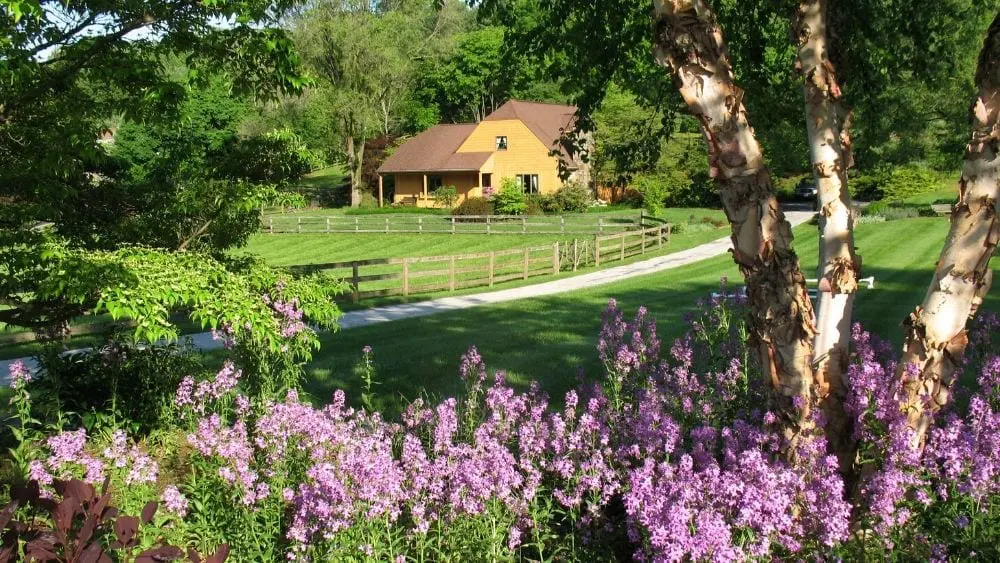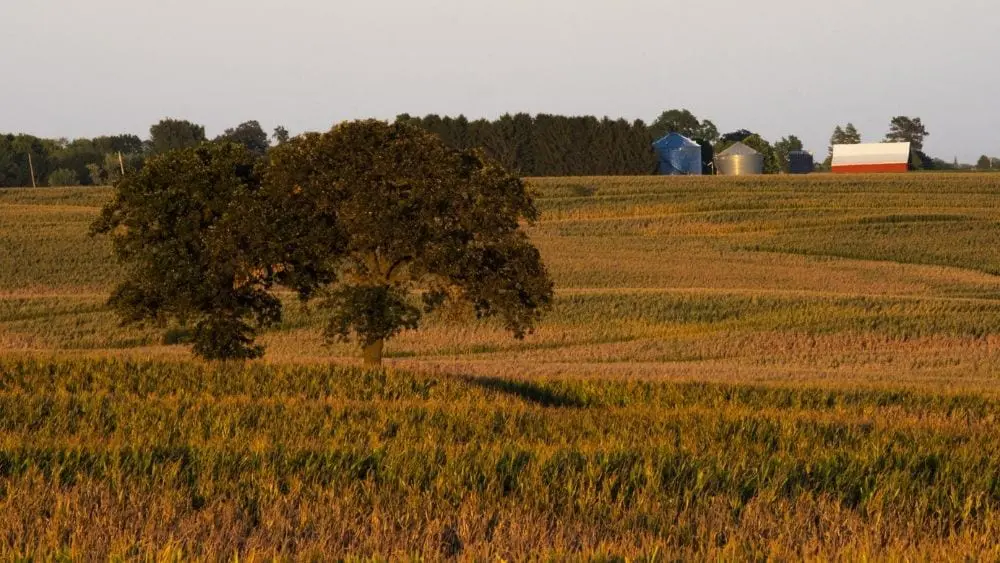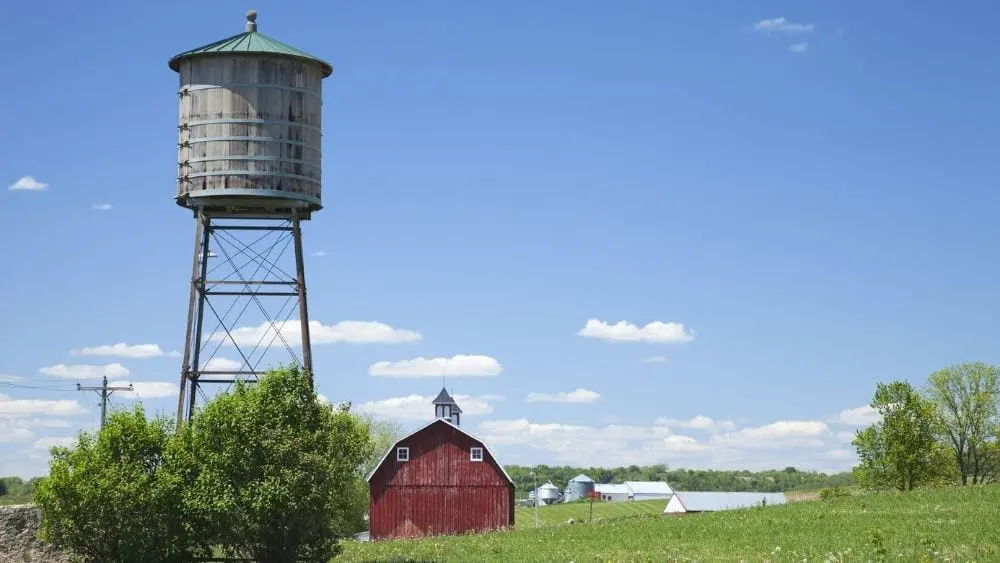
Interest in rural living and homesteading has exploded over the past few years, with families escaping hectic cities to reconnect with nature. Peace, quiet, and a do-it-yourself lifestyle appeal to just about everyone, but every cow comes with cow pies.
Before you pack your bags, put your urban home on the market, and start searching for the perfect rural homestead, here are some realities of rural living to think about.
Aspects of Day-to-Day Living are Less Convenient

The more affordable and peaceful lifestyle provided by country living comes at the cost of many common conveniences of metropolitan areas, such as shopping and healthcare centers. Knowing how your needs are impacted by rural living is key to planning for your future move.
Getting Food
No matter how much you love cooking or how infrequently you eat out, you’ll be impacted by the limit of grocery stores, sit-down restaurants, and fast food joints in rural areas. Meal delivery is also not part of country living.
Before moving, ask yourself these questions:
- How far are you willing to drive to get daily staples?
- Are you willing to let go of curbside pickup and grocery delivery?
- How important is eating out to your social life and happiness, and how much do you actually like cooking?
- How frequently do you get fast food or use meal delivery services? Can you adjust to cooking those meals?
Once you decide to go rural, try to meal prep and simplify the cooking process so you can plan for grocery day. Buy non-perishables in bulk to limit how frequently you need to go into town and order specialty ingredients online.
Finding Healthcare Providers
Access to healthcare can play a major role in deciding if rural living can work for your family. People who live in the country have fewer doctors and medical specialists available for their communities and have long drives to get to emergency services.
Start by figuring out what your medical routine looks like. Does your family need frequent access to doctors, or are you more of a once-per-year type of patient? How far away from emergency services are you comfortable with? Use these factors to inform where you’ll live.
Next, determine if you have any upcoming life events requiring visits to doctors or hospitals. Finding providers who take your insurance and can help you have a baby, perform planned surgeries, or do orthodontic work in a rural community takes a lot of work.
If you want to live in a remote place, make safety plans with these tips for keeping your family safe:
- Have a first aid kit and know how to use it.
- Take first aid classes so you can be prepared in an emergency.
- Know health-related risks, such as allergies, and have a plan in the event something happens.
- Familiarize yourself with the health-related dangers of your new home such as allergen triggers, toxic plants, stinging animals, and foreseeable accidents, and have a plan in the event something happens.
Delivery Services are More Complicated
Online shopping has made rural living possible for a wide range of people. While you may have a long or downright untenable drive to brick and mortar stores, you can order just about anything on Amazon or your preferred business’ online store. No hassle return policies make shopping for everyday basics less of a risk, and a plethora of product reviews can help guide you to the right purchase and help with any required assembly once the item gets delivered. Even if you need specialty tools, homesteading gear, live plants, furniture, or construction equipment, you can find a reliable online shop to fulfill your order.
But is this part of rural living really that simple? Well, yes and no.
Small or niche businesses may not offer speedy fulfillment outside major metro areas, and large shipments like furniture or home gym equipment may require special shipping options that add to costs. Even online retail wizards like Amazon get hit with the effects of rural postal services and supply chains.
Luckily there are some tricks to make ordering online a bit easier.
- Accept that things are going to take longer to get to your home, and know it’s often easier to wait for a delivery than drive to a brick and mortar store.
- Buying in bulk and ordering replacements before they break or wear out is a good idea (sorry, minimalists).
- If you plan on visiting a loved one in a metropolitan area for a gift-giving holiday, ship presents to their address to ensure on-time delivery.
- Cut back on casual online browsing and shopping. It’s better for the planet, better for your wallet, better for your mental health, and saves you the frustration of internet stalking your delayed packages.
Rural Internet has A Lot of Hurdles
With telecommuting becoming a viable option for more employees, the link between major population centers and jobs has started to break down, fueling the rural living movement. If you have the chance to work from home and want to use this opportunity to enjoy living in the country, however, the realities of rural internet will determine if you can act on this dream. Wishing upon a Starlink connection won’t be enough.
For one, internet service providers, or ISPs, are limited, and they severely limit the amount of high-speed data available. This will impact how much WiFi your family can use. Some of the challenges might be limiting one person to Zoom at a time (a challenge if both you and your partner work from home), long buffering time on streaming services, and making real-time apps like FaceTime difficult to use.
You can limit your search for properties in areas that already support your internet needs, or time your house search with the rollout of high-speed internet since providers are expanding to rural communities. Just be sure to factor this in the same way you consider school district ratings, how far you’re willing to drive to get places, and community amenities.
The good thing is finding and comparing rural ISPs is a pretty fast task—one of the few benefits of limited options. Unless Starlink is up and running in your location and doesn’t have a year-long wait time, the two main rural ISPs that operate on a national level are Viasat and HughesNet. Smaller companies offer services on a more local level and may have packages better for your family’s lifestyle.
Instead of taking a side quest with Google searches and spreadsheets to find the Holy Grail of rural internet, use tools like HighSpeedInternet.com. Compare cost, speed, and amount of usable data to find the plan best for you.
Homesteading is Hard Work

If your dreams of country living come with beautiful raised vegetable gardens, lush fruit trees, and adorable farm animals, awesome! A homestead lets you grow your own food, get off the grid, save money, and develop a healthy relationship with nature and the land. But, you will have to do a lot of work and pay significant upfront costs.
Initial setup and costs to get started, as well as ongoing expenses and sweat equity for maintenance, depend on what you want to do with your homestead and the scale you want to attempt.
An edible garden, whether it’s in the kitchen window or taking up an acre of land, is a fun project for your family when you get a rural homestead, and lets you enjoy healthy and delicious organic produce without the sticker shock that comes with buying fresh food at the store. A DIY orchard is another option, and a healthy, properly cared for tree can frequently yield more food than a family can eat.
Of course, there’s also the commonly thought-of option: animals. Animal products save you money at the grocery store, and can even give you the chance to start a small business. However, there are tradeoffs: animals need healthy land to graze or live on, well-maintained fences, and appropriate shelter. They come with daily maintenance, and vet bills can be costly.
Decide if Rural Living is Right for You
Dreaming about a little house on a prairie, a cottage in the woods, or a lakeside retreat is a lot of fun, but rural living isn’t without its drawbacks. Honestly comparing how the pros and cons of living in the country will impact your lifestyle can help you decide if you can make rural work. Take the time to consider these options carefully.
Even if you ultimately decide your family can’t make country living work, you can still enjoy some of its benefits. Dark sky communities give families similar night sky views of country homes and have community zoning policies to make a suburban town feel more like rural homesteads. Many suburbs have permissive zoning allowing homeowners to raise their own chickens, and master-planned communities sometimes offer neighborhood vegetable gardens, wooded trails, and expansive green belts. It’s all about finding the balance that fits your needs.

After graduating in 2016 from The University of Texas with a degree in English, Sanda Brown became a content writer for the BDX with a focus on website copy and content marketing.
At the BDX, Sanda helps write and edit articles on NewHomeSource.com, writes website copy for builders, and manages a team of freelancers that work on additional content needs.
 How to Build a Home on Your Land in Tennessee
How to Build a Home on Your Land in Tennessee